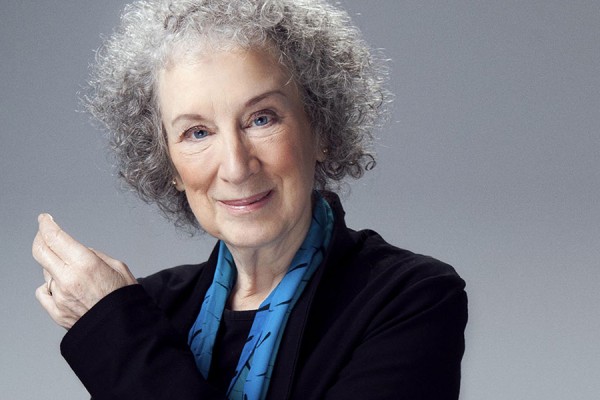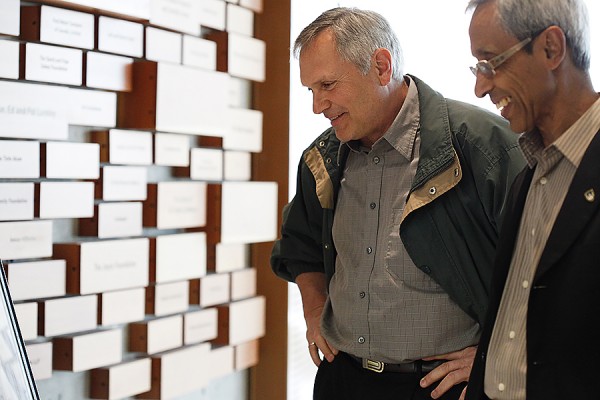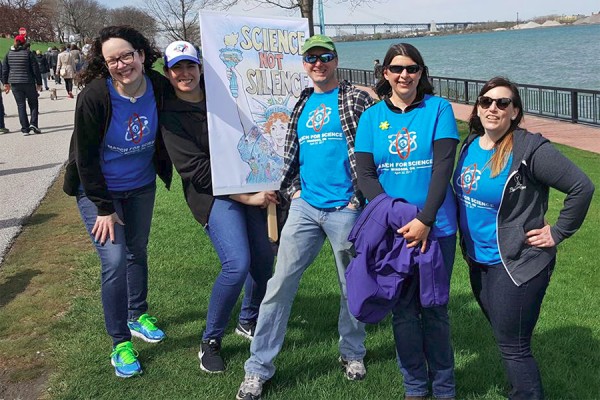 Hugh MacIsaac is among an international team of scientists examining the challenges and opportunities in store for invasive species research.
Hugh MacIsaac is among an international team of scientists examining the challenges and opportunities in store for invasive species research.
A University of Windsor professor is among an international team of scientists examining what challenges and opportunities the future may hold for invasive species research.
Professor Hugh MacIsaac travelled to the University of Cambridge last fall along with 16 other ecologists to reach a consensus on what they believed to be the emerging trends, issues, opportunities and threats for invasive science.
Each scientist had previously submitted at least two topics which were then discussed and confidentially scored from one to 1,000.
“When we did that, there was a clear cutoff in the perceived importance of the topics at 14,” the Great Lakes Institute for Environmental Research biology professor said. “We then considered those 14 in more detail and examined how they are going to affect humans and wildlife over the coming 10 to 20 years.”
Those 14 topics were recently explored in the paper Invasion Science: A Horizon Scan of Emerging Challenges and Opportunities published in Trends in Ecology and Evolution.
Dr. MacIsaac’s two proposed topics ended up receiving the highest overall rankings among the group.
His first topic examined the use of biotechnology and gene-editing tools as a way of controlling invasive species.
“Historically, if we had a problem with an invasive species in a lake we would either try to net the fish, fish them out, or use whatever means you had available,” MacIsaac explained. “We now have gene-editing technologies that allow us to interfere in either a positive way or negative way with their reproductive cycles.”
To see an example of this in action, MacIsaac said you only have to look south to Florida where scientists recently introduced males of a genetically modified invasive mosquito that were already present in Florida to help combat the spread of Zika, Dengue and Chikungunya viruses to humans.
“The males that carry this additive gene will mate with the wild females and their offspring will eventually die before they ever reach maturity,” MacIsaac said, adding that the scientists conducting this trial claim a potential for a 90 per cent reduction in the mosquito population.
“If you’re reducing mosquito populations by 90 per cent then you’re also reducing the likelihood that humans are going to be bitten by these mosquitos.”
But MacIsaac said the gene editing is not without controversy. He said some argue that there may be unintended consequences to releasing a genetically modified mosquito into the natural environment.
“The push to use genetically modified agents to control invasive species will continue to grow,” he said. “And with it will come public opposition and the view that we are opening Pandora’s Box.”
MacIsaac’s second topic explored the importance of genetics and epigenetics.
“Most people perceive evolution as occurring through slight genetic changes,” MacIsaac said. “However, there’s another mechanism called epigenetics in which the performance of an organism changes depending on the conditions in which they live.”
An example of this can be found when organisms produce a family of proteins after they have been exposed to stressful conditions like heat, cold and UV light.
“I could take an organism and grow it at one temperature and it performs a certain way and if I take the same species and grow it at a different temperature its performance changes dramatically,” MacIsaac said of the heat shock proteins.
“That means if I take a species from one part of the world and introduce it to a number of locations, that species essentially evolves by altering its transcription of genes.”
He said this becomes an issue when examined through the lens of climate change.
An invasive species may be present in an environment but have little impact until the temperature increases and the heat shock proteins are produced.
“You may see that these animals or plants suddenly become invasive where they weren’t in the past,” MacIsaac said, adding that little is understood about the balance of genetics and epigenetics in overall performance of invasive species.
Other topics examined in the paper include the globalization of the Arctic, the spread of invasive microbial pathogens and invasive species denialism. The paper is currently available to read online and will officially be published this June.




